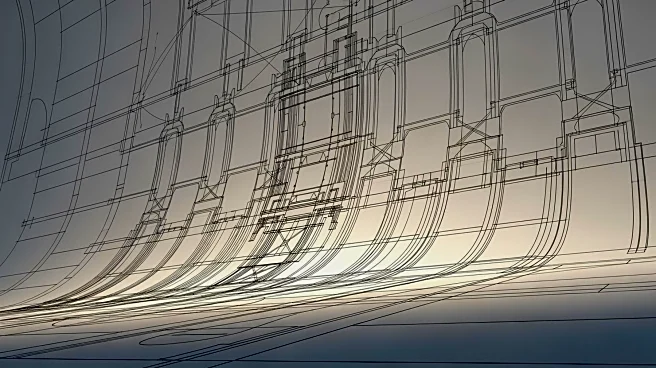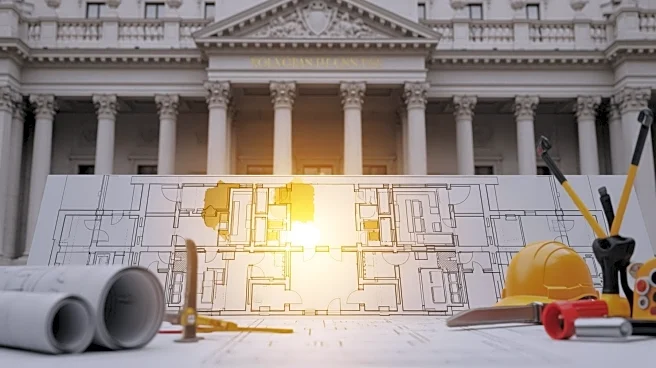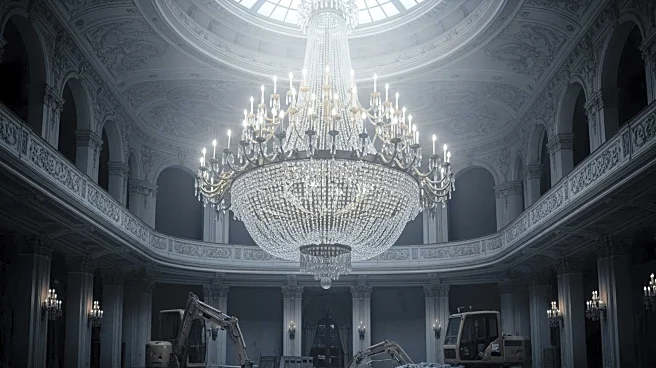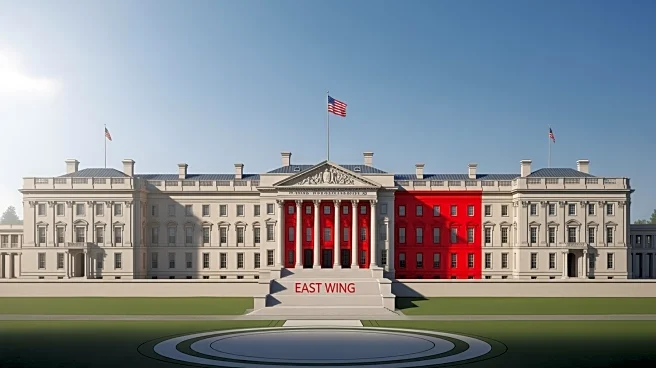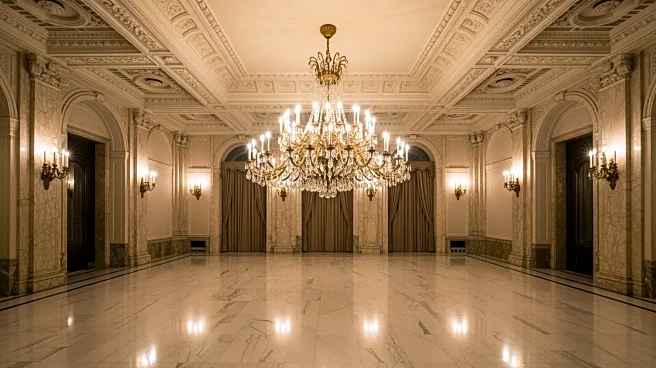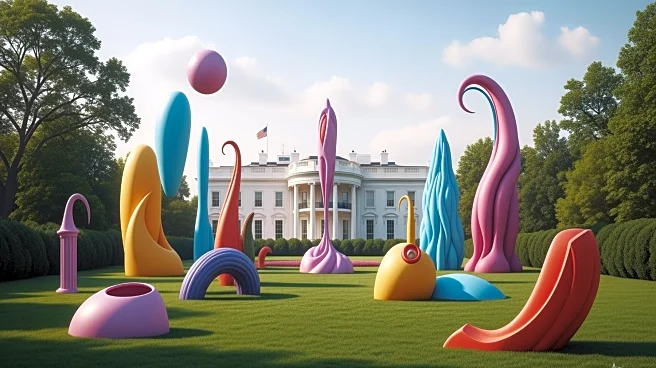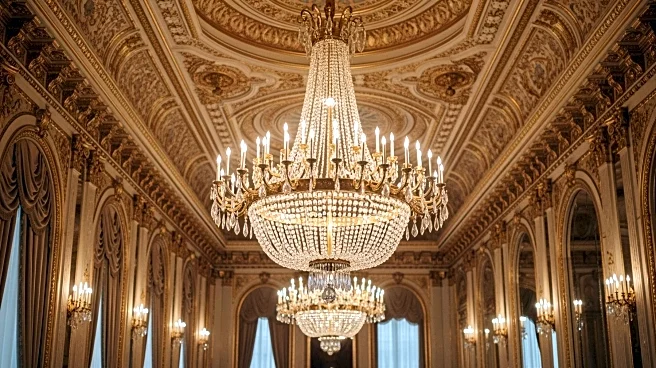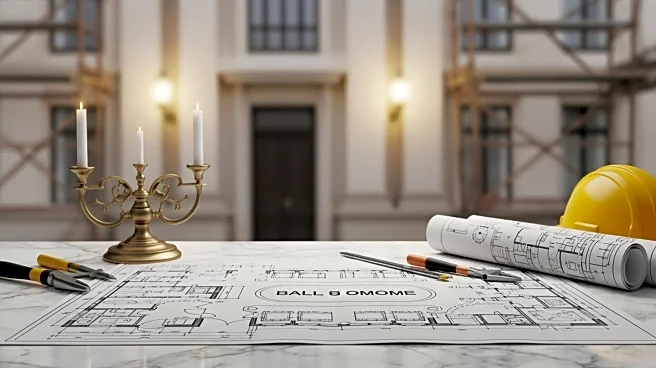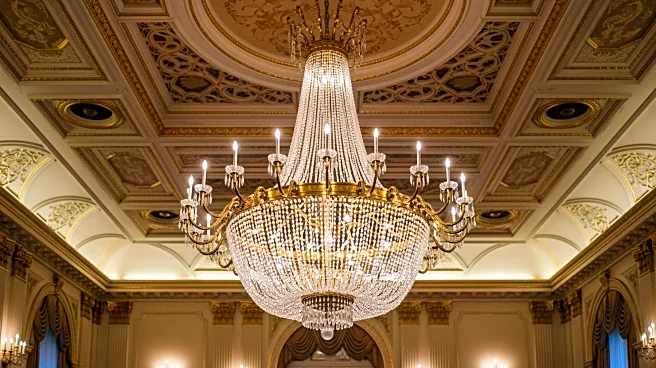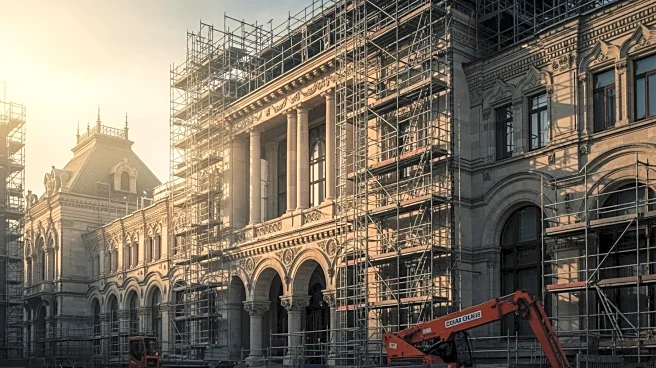What's Happening?
The East Wing of the White House has been demolished to make way for a new ballroom, a decision spearheaded by President Trump. This move has sparked significant public debate, with many Americans expressing
their discontent. The demolition is part of a privately funded project by President Trump and major donors, aimed at creating a grand ballroom. Critics argue that the decision undermines the historical significance of the White House, often referred to as 'The People's House.' Some citizens, like Roseanne Siegel, have expressed emotional distress over the demolition, viewing it as an assault on a national symbol. Others, like Steve Thompson, see the renovation as a positive change, noting that previous presidents have also made modifications to the White House.
Why It's Important?
The demolition of the East Wing and the construction of a new ballroom highlight ongoing tensions between preserving historical landmarks and modernizing them for current needs. This development raises questions about the balance between private funding and public interest, especially when the funding comes from individuals with business interests before the government. The decision also reflects broader themes in President Trump's administration regarding rapid decision-making and limited public oversight. The controversy underscores the symbolic importance of the White House as a national heritage site and the emotional connection many Americans feel towards it.
What's Next?
As the construction progresses, public reactions and criticisms are likely to continue. The administration may face increased scrutiny over the funding sources and the decision-making process. There could be calls for more transparency and public involvement in future modifications to national landmarks. Additionally, the new ballroom's use and its impact on diplomatic relations and state functions will be closely watched.
Beyond the Headlines
The demolition raises ethical questions about the preservation of historical sites and the role of private funding in public projects. It also highlights cultural tensions between modernization and tradition, as well as the potential influence of wealthy donors on national decisions. The situation may prompt discussions on the legal frameworks governing changes to historically significant buildings.
